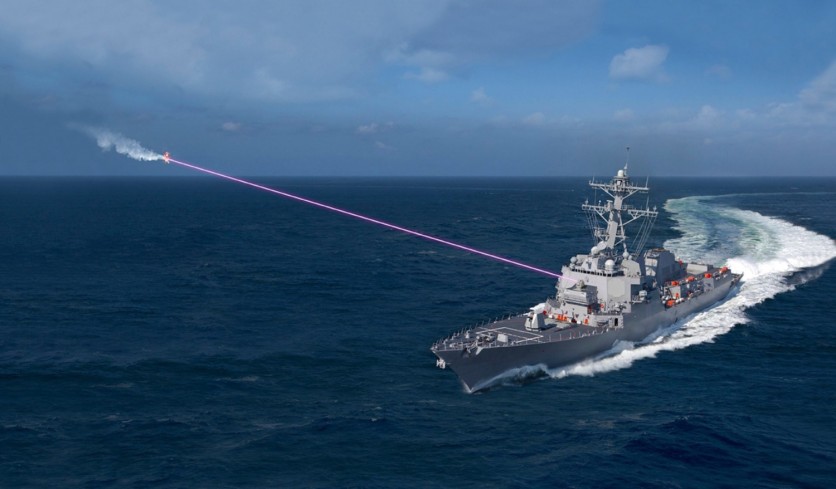Lockheed Martin is creating laser weapon systems to defend troops at sea, in the air, and on land. This breakthrough, known as the layered laser defense system, works in conjunction with skilled platform integration to counter a variety of escalating threats to armed forces and infrastructure.

According to the company's website, the technology is prepared to fend off small rockets, artillery shells, mortar rounds, unmanned aerial vehicles, small attack boats, and light ground vehicles around a mile away.
Lockheed Martin also claims that these systems will be able to neutralize larger threats over longer distances through increasing fiber laser power levels. These systems can multiply the force of kinetic energy systems when used simultaneously.
All About the ALADIN
As reported first by Interesting Engineering, Lockheed Martin is well-known for developing auxiliary technologies for military ships, ground vehicles, aircraft, and laser weapon systems.
The ALADIN laser has operated in the field for two years without needing to be realigned, proving both the lethality and the reliability of the firm's solutions, according to Dr. Rob Afzal, Senior Fellow, Laser Sensors and Systems.
He also claims that the fiber lasers have an efficiency that produces less heat and fits into a smaller package, making it simpler to integrate them into different military platforms.
According to the company, ALADIN maintains exceptional beam quality and electrical efficiency while producing the maximum power ever recorded by a laser of this type.
Numerous fiber laser modules can also be combined using a process called spectral beam combining to create a single, potent, high-quality beam that has more efficiency and lethality than multiple separate 10-kilowatt lasers.
Read also : US Air Force Receives First 'Fighter-Mounted Laser Weapon' That Can Combat Hypersonic Missiles!
Beam Control Technology
Meanwhile, the company's beam control optics and software algorithms fine-tune the energy stream into a focused beam for laser devices with output as tiny as 10 kilowatts or as large as 1 megawatt using mirrors, lenses, and windows as beam control devices.
"Our beam control technology enables a precision equivalent to shooting a beach ball off the top of the Empire State Building from the San Francisco Bay Bridge," Paul Shattuck, Director of Directed Energy systems, said in a statement.
This suggests that Lockheed Martin's research and innovations are enhancing laser weapon systems' performance while reducing their size, weight, and power requirements. This comprises line-of-sight stabilization, air-flow management, adaptive optics, precision pointing, spectral beam combining, and precision pointing.
Related Article : US Military Will Use 'High-Altitude Hot Air Balloons' to Prevent Hypersonic Missiles Against China and Russia
This article is owned by Tech Times
Written by Joaquin Victor Tacla




